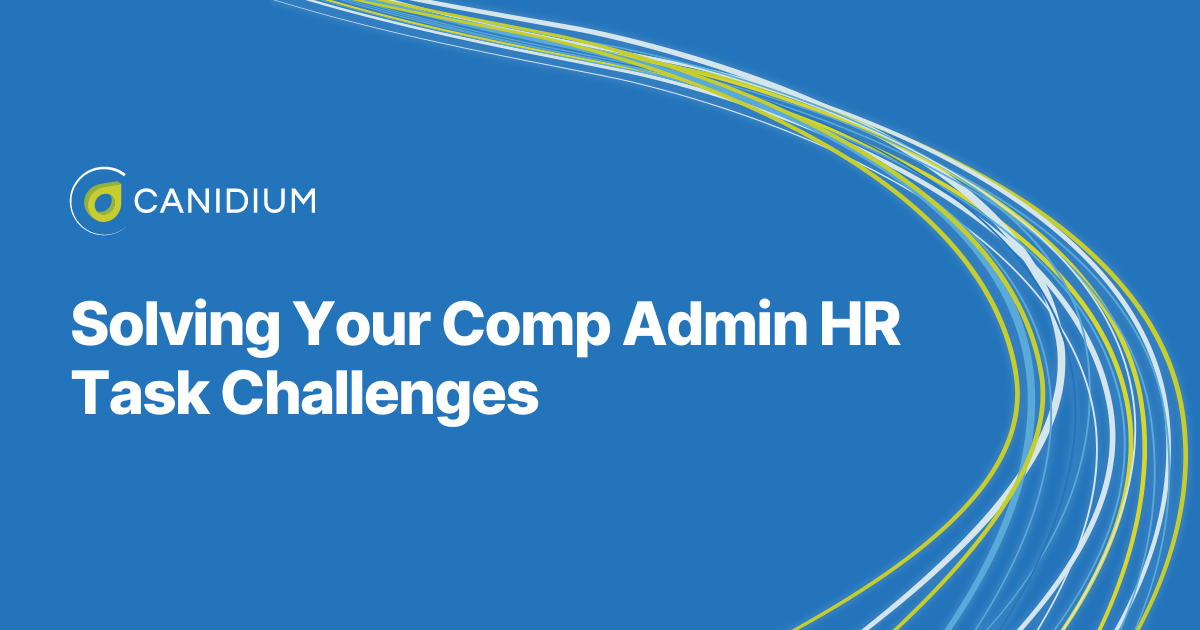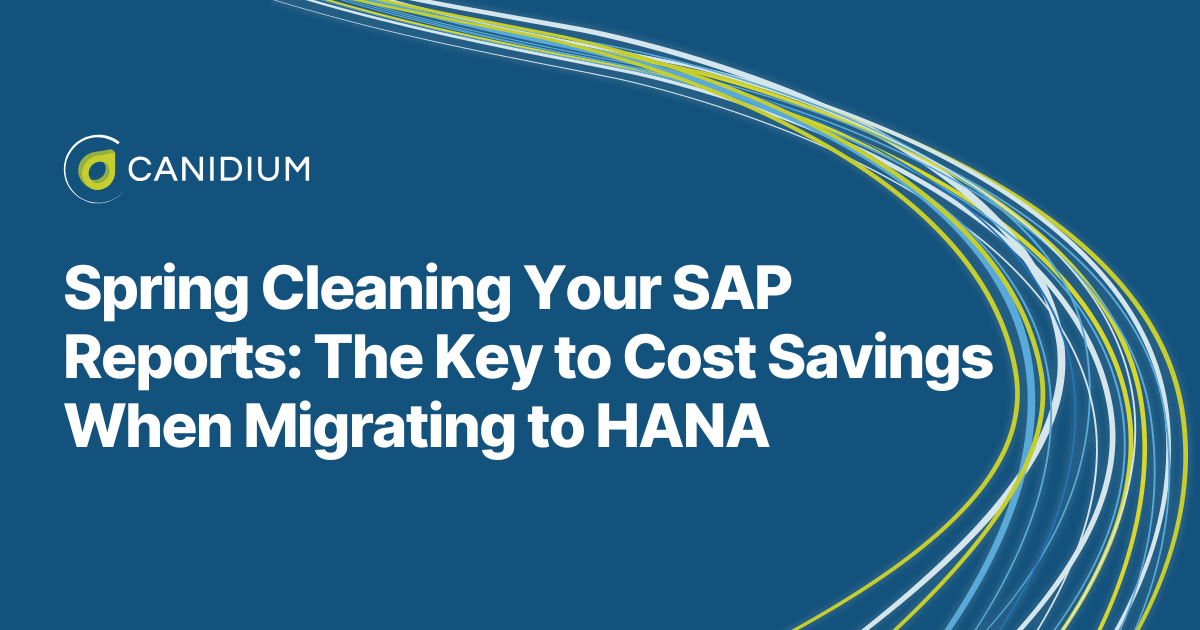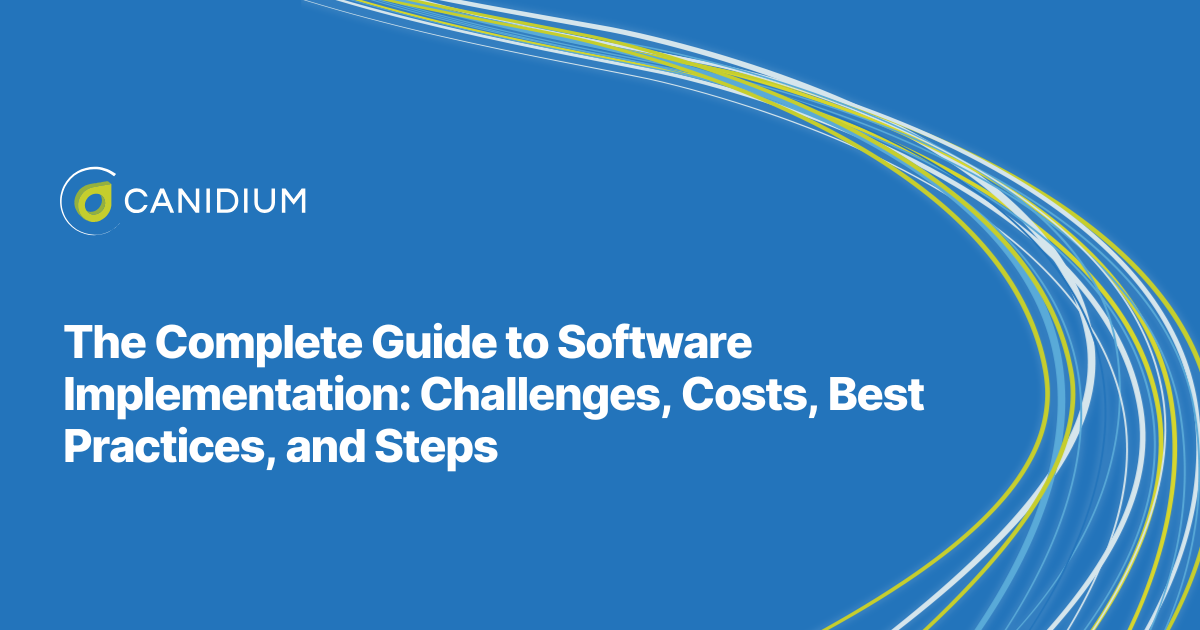Comp admins have a lot on their plates. Fitting in your HR-related tasks within your compensation management workflows can be challenging. Without proper automation, it is easy for things to fall through the cracks.
At Canidium, our team of software experts helps clients find and integrate the right solution to handle your HR aspects of sales compensation. We have 12 years of experience designing and implementing tools for comp admins.
Based on this experience, this article covers how you can overcome the most significant compensation challenges by choosing the right automation solution. To give you a complete overview of the topic, we will explain the following:
- The most challenging HR considerations affecting sales compensation
- How to overcome HR management task roadblocks with automation
- Setting up your HR task automation
- Overcoming your HR task challenges for good
The Most Challenging HR Considerations
Recent research found that 73% of workers rely on their employer to help them prepare for the future of work. We are all looking for guidance from within our organizations, centering HR task management as a vital component of our future planning.
It would be hard to overstate the importance of your role as a comp administrator. However, fulfilling these expectations while simultaneously managing the daily HR tasks on your plate can be challenging for several reasons. For instance, 36% of HR professionals report that they do not have the right technology.
Organizations with complex and intricate compensation or incentive structures require robust solutions to manage daily tasks smoothly. Not having the proper technology to facilitate efficient HR task completion is a game-stopper. However, even with the right incentive compensation management (ICM) solution, you may still experience daily HR task challenges due to a lack of system knowledge or established best practices.
When you onboard a new ICM solution, there is a learning curve. You may not understand how to fully leverage all the features and functionalities to make your workday easier. Therefore, you may still be experiencing the following common HR task challenges:
Manual Processes
Manual processes can significantly slow down your HR operations and increase the workload on you and your fellow comp admins. Automating these processes is essential to improve efficiency and reduce the time spent on repetitive tasks. When you manually handle tasks like proration, ramps, draws, transfers, and leaves of absence (LOA), you may have to calculate these aspects outside the system and then make manual adjustments or interventions. This takes up valuable time and diverts your focus from more strategic activities.
Consider the impact of spending hours weekly on manual calculations for proration or processing leaves of absence. Instead of dedicating your time to strategic initiatives like talent development, employee engagement, or organizational planning, you are bogged down with routine administrative tasks. This shift in focus can hinder your ability to contribute to the organization's long-term goals and reduce your overall effectiveness as an HR professional.
Error-Prone Workflows
Your HR related workflows can be prone to errors without proper systems and technologies. These errors can lead to serious issues such as payroll mistakes, compliance problems, and employee dissatisfaction. Manual adjustments increase the likelihood of errors in calculations and data entry. For example, suppose new hires or changes in employee status are not promptly and accurately updated in the system. In that case, it can lead to incorrect payroll, miscalculated benefits, and compliance risks. Inaccuracies in managing compensation and incentives can also harm employee trust and satisfaction.
Consider the implications of a payroll mistake. Employees expect their paychecks to be accurate and timely. When errors occur, they not only affect their financial well-being but also undermine their confidence in the finance department and the organization as a whole. This can lead to decreased morale and productivity, as employees spend time and energy resolving these issues rather than focusing on their work.
Compliance problems are another significant risk. You must adhere to various regulations and laws concerning employment, compensation, and benefits. Manual processes make it easier for compliance details to be overlooked or incorrectly applied, potentially resulting in fines, legal action, and damage to the organization's reputation.
Poor HR Task Visibility
Lack of visibility into your HR tasks and processes can make it challenging to track progress and identify areas for improvement. Enhanced visibility helps in better decision-making and ensures all HR activities align with organizational goals. When you manage HR tasks outside of an integrated system, gaining a comprehensive view of employee data and HR metrics becomes challenging. This can result in delayed decision-making, difficulty identifying trends, and an inability to proactively address potential issues.
Consider how difficult it becomes to make informed decisions when you don't have a clear view of your HR metrics. You might find it challenging to identify trends in employee performance, turnover rates, or compensation discrepancies. This makes it harder to develop effective strategies to retain top talent, address performance issues, or ensure equitable pay. Without the ability to see the whole picture, you are essentially operating in the dark, leading to suboptimal decisions that affect the entire organization.
How to Overcome HR Management Task Roadblocks With Automation
As a comp admin, you are likely familiar with the overwhelming nature of managing complex HR tasks like proration, leaves of absence (LOA), ramps, draws, and transfers. These tasks can be time-consuming and prone to errors, and they often leave you feeling bogged down, unable to focus on the more strategic aspects of your role. You are not alone in this struggle. Many compensation administrators face similar challenges, finding it difficult to balance daily operational tasks with the need for strategic planning and employee engagement.
Thankfully, automation alleviates these burdens. By leveraging technology such as Xactly ICM, you can streamline these tasks, reduce errors, and free up time to focus on what truly matters—supporting your organization and its employees.
.png?width=1920&height=1080&name=HR%20Task%20Automation%20(2).png)
1. Automating Proration
You can automate proration calculations by integrating employee data and predefined proration rules into your ICM. The system automatically adjusts compensation based on the working period, ensuring accuracy and consistency. This capability eliminates the need for manual calculations and reduces the risk of errors, saving you time.
Configure the proration rules within your ICM system, specifying how you should adjust compensation for different scenarios such as new hires, terminations, and leaves. Ensure the system is integrated with your HR database to access real-time employee data.
2. Streamlining Leaves of Absence (LOA)
An ICM solution can streamline LOA management by automating the tracking of leave balances, processing leave requests, and adjusting compensation accordingly. The system ensures that all leave types are correctly categorized and employees' compensation reflects their leave status.
Set up leave policies within your ICM system, defining different types of leaves and their respective rules. Integrate the system with your attendance tracking and payroll systems to ensure seamless data flow and accurate compensation adjustments.
3. Managing Ramps
It is possible to automate ramp management by applying predefined ramp schedules to eligible employees in your ICM. The system automatically calculates and implements the gradual increases, ensuring accuracy and consistency.
Define ramp schedules in your ICM system, specifying the periods and corresponding compensation adjustments. Ensure the system automatically applies these schedules to relevant employees and adjusts their compensation accordingly.
4. Handling Draws and Guarantees
Your ICM can also automate draw and guarantee handling by tracking advances and reconciling them with future commissions. The system provides clear visibility into draw and guarantee balances and ensures accurate adjustments.
Configure draw or guarantee rules in your ICM system, specifying how advances are issued and reconciled. Ensure the system integrates with your commission tracking to adjust future payments based on the draw or guarantee balances.
5. Facilitating Transfers
Finally, an ICM solution can facilitate transfers by automatically updating employee records across all relevant systems, adjusting compensation packages, and ensuring seamless transitions. The system ensures that all changes are accurately reflected and employees' compensation and benefits are correctly adjusted.
Set up transfer workflows in your ICM system, defining the steps and approvals required for employee transfers. Integrate the system with your HR database to ensure all changes are automatically updated across the organization.
Setting up Your HR Task Automation
Knowing that you can automate these comp admin tasks is one thing; setting up your ICM system to perform these roles is another. Sophisticated compensation management tools are complex; they require extensive training to configure and in-depth knowledge to navigate.
The best way to set up automated workflows is to contact your implementation partner or managed service provider. They understand your ICM solution's unique configuration and integration within your digital system. Your implementation team can help you design, configure, and implement your automated workflows.
Overcoming Your HR Task Challenges For Good
Managing HR tasks can be overwhelming, especially when dealing with complex processes like proration, leaves of absence (LOA), ramps, draws and guarantees, and transfers. When handled manually, these tasks can lead to significant slowdowns, increased workload, and a higher risk of errors.
Thankfully, automation offers a solution. Proper configuration of your ICM solution can streamline these processes. The tool can reduce your manual workload, minimize errors, enhance visibility, and ensure all HR activities align with organizational goals.
Setting up these automated workflows requires proper configuration and training. Engaging with your implementation partner or managed service provider can help you design and implement these systems effectively.
Now that you understand how to automate your HR tasks, your next step is to learn more about the unique tools Xactly ICM places at your fingertips. Learn more about building customized applications with Xactly's new Extend module here.








